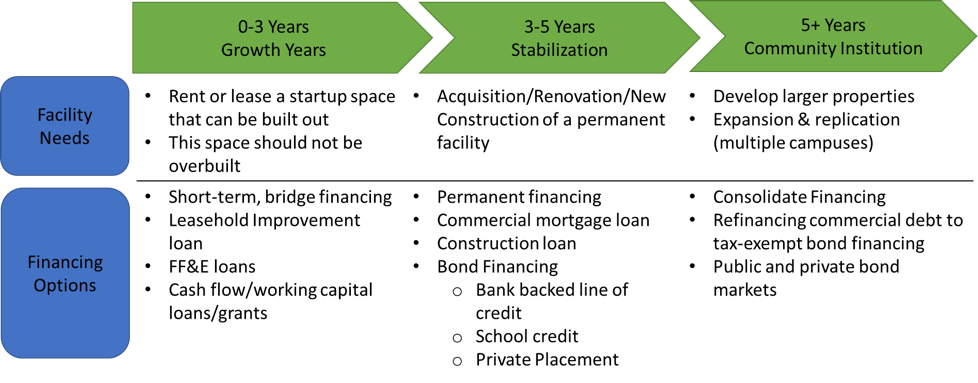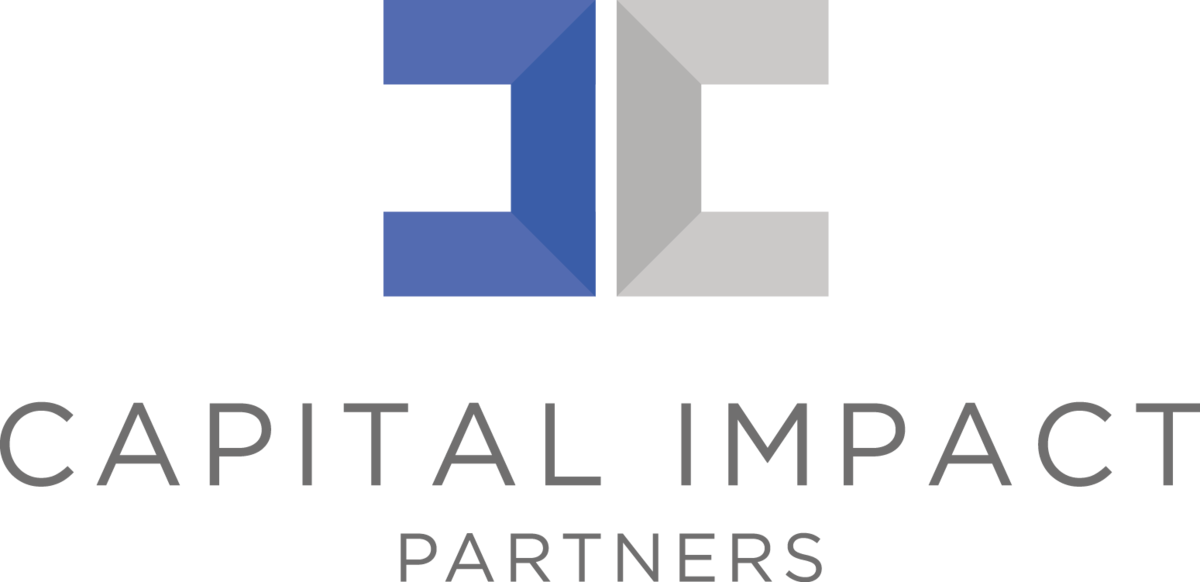Be honest. Is your school really ready for a facility project?
This is the first question you’ll want to ask yourself. If you’re a start-up school, yes, of course, you’ll need to take on a project, but one that is feasible for a brand new school. See our Guide for Start-Up Schools.
If you’re operating out of temporary space and have large waiting lists because your academic program is in demand, then yes, you want to think about your permanent space based on a strategic plan.
But if you’re in space that is substandard and you’re hoping to build a larger and better building in the hope that “if you build it, they shall come,” but your academic track record is less than stellar and you’re losing enrollment, you should refocus your energy and resources on improving your academic program. Just as parents are seeking high-quality programs, anyone you work with during the facility process will want to confirm that your academic and enrollment track records are strong enough for a facility project, and that will impact your ability to take on debt. Inadequate academic quality and enrollment are the top two reasons that schools fail and loans go into default.
Before you begin to reach out to lenders or real estate professionals, ask yourself whether you have certain key elements in place:
- Do you have a charter or charter expansion approval in hand?
- Do you know how many students you’ll be serving initially (if you’re a start-up) or at full enrollment (if you’re expanding)?
The below sections can help guide you to answer these questions to a certain extent, but the resources on SchoolBuild will be helpful to you only if you are truly ready for a facilities project.
Does Your School Fulfill an Unmet Need in the Community?
What sets your school apart from other charter schools and traditional public schools, and why will this make students come to your school over another? Do you have an educational program that is unique in some way? For example, does it serve a student population not otherwise served? This market analysis is necessary as part of your facility planning as these questions will be asked by lenders.
A demand study yields a forecast of your projected student population size by looking at the number of students you want to serve, available seats, and waitlist. When demand meets or exceeds the number of seats available in your school, this provides assurance to lenders that the school will not face a shortage in student enrollment.
You also may want a business plan to use as an overall project road map to clearly communicate your vision, strategy, and how your school fulfills an unmet need. A business plan can be used internally or circulated to potential funders and other key constituents. A consultant may prepare the business plan with your input.
Business planning versus facility planning
The distinction is an important one for this website. If you’re business planning, then it’s too early for you to find this website helpful. It’s always healthy to plan ahead, but if your answers to the below questions are “No”, then you’re not facility planning yet. For help with business planning and your charter application, you can try reaching out to your state charter school association (listed in the State section in Step 4).
School Life Cycle
Your facility development and financing decisions will depend on what stage of growth you find yourself in as you embark on your facility project. The chart below describes the different options at your disposal at a high level.

Legal Disclaimer:
Nothing in this material should be construed as investment, financial, brokerage, or legal advice. Moreover, the facts and circumstances relating to your particular project may result in material changes in the processes, outcomes, and expenses described herein. Consult with your own professional advisors, including your financial advisors, accountants, and attorneys, before attempting to consummate any transaction described in this material.
